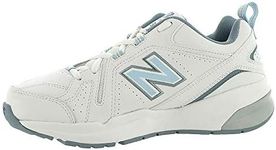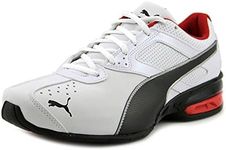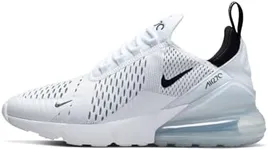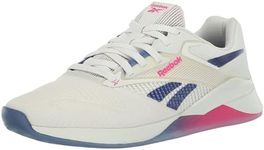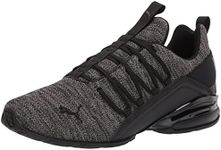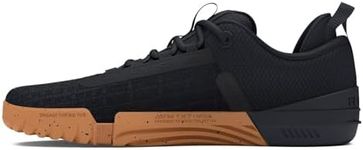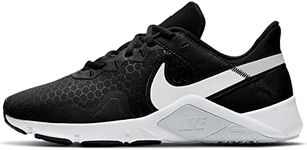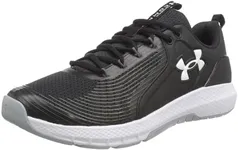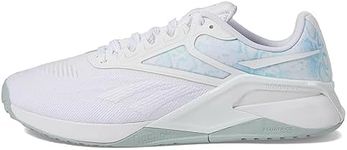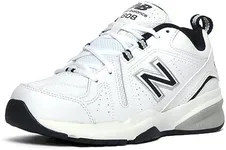Buying Guide for the Best Workout Shoes
Choosing the right workout shoes is crucial for your performance and comfort during exercise. The right pair can help prevent injuries, provide the necessary support, and enhance your overall workout experience. When selecting workout shoes, consider the type of exercise you'll be doing, your foot type, and personal preferences for fit and style.FitFit refers to how well the shoe conforms to your foot. A good fit is essential to avoid blisters, discomfort, and injuries. Shoes that are too tight can cause pain, while shoes that are too loose can lead to instability. To find the right fit, ensure there is enough room in the toe box, the heel is snug but not too tight, and the shoe feels comfortable when you walk or run. Try on shoes at the end of the day when your feet are slightly swollen to get the best fit.
SupportSupport in workout shoes refers to the structure and features that help stabilize your foot and provide cushioning. This is important to prevent injuries and enhance comfort during exercise. Shoes with good arch support are essential for people with flat feet or high arches. Look for shoes with adequate cushioning in the midsole and heel to absorb impact. If you have specific needs, such as overpronation or supination, choose shoes designed to address these issues.
TractionTraction refers to the grip the shoe provides on various surfaces. Good traction is important to prevent slipping and ensure stability during workouts. Shoes with rubber soles and patterned treads offer better grip. If you primarily exercise indoors, look for shoes with non-marking soles. For outdoor activities, choose shoes with deeper treads for better grip on uneven surfaces.
BreathabilityBreathability refers to how well the shoe allows air to circulate, keeping your feet cool and dry. This is important to prevent overheating and reduce the risk of blisters and fungal infections. Shoes made with mesh or other breathable materials are ideal for high-intensity workouts or hot weather. If you tend to sweat a lot, prioritize shoes with good ventilation.
FlexibilityFlexibility refers to how easily the shoe bends and moves with your foot. This is important for activities that require a lot of movement, such as running, aerobics, or dance. Shoes with flexible soles and uppers allow for natural foot movement and can enhance performance. If your workout involves a lot of lateral movements, look for shoes with flexibility in the forefoot and midfoot areas.
DurabilityDurability refers to how long the shoe will last under regular use. This is important to ensure you get good value for your money and don't have to replace your shoes frequently. Look for shoes made with high-quality materials and reinforced stitching. If you exercise frequently or engage in high-impact activities, choose shoes known for their durability.
WeightWeight refers to how heavy the shoe feels on your foot. Lighter shoes can enhance performance by reducing fatigue and allowing for quicker movements. However, heavier shoes often provide more support and cushioning. If you prefer a lightweight feel, look for shoes made with lightweight materials and minimalistic designs. If you need more support, consider slightly heavier shoes with added features.
